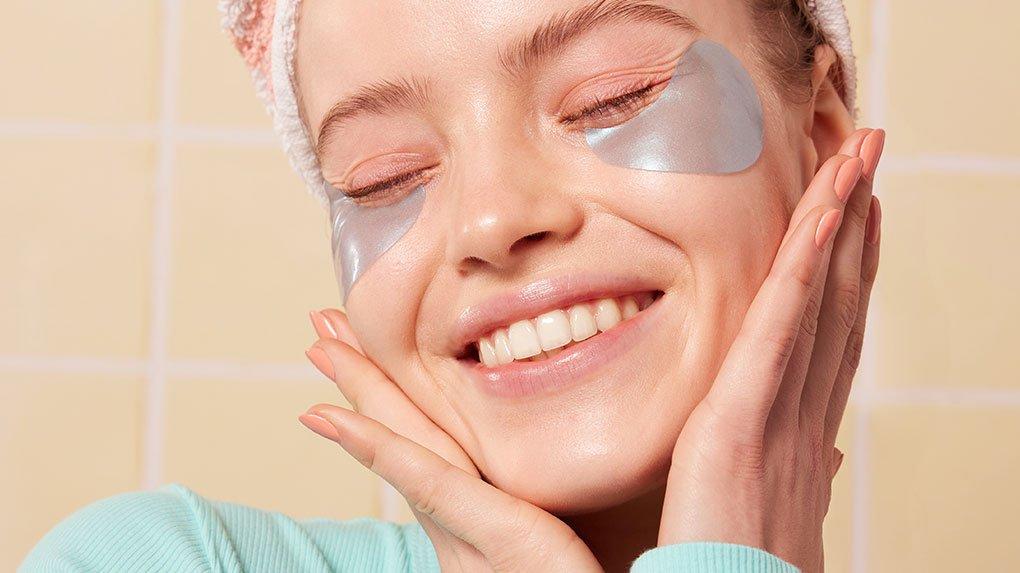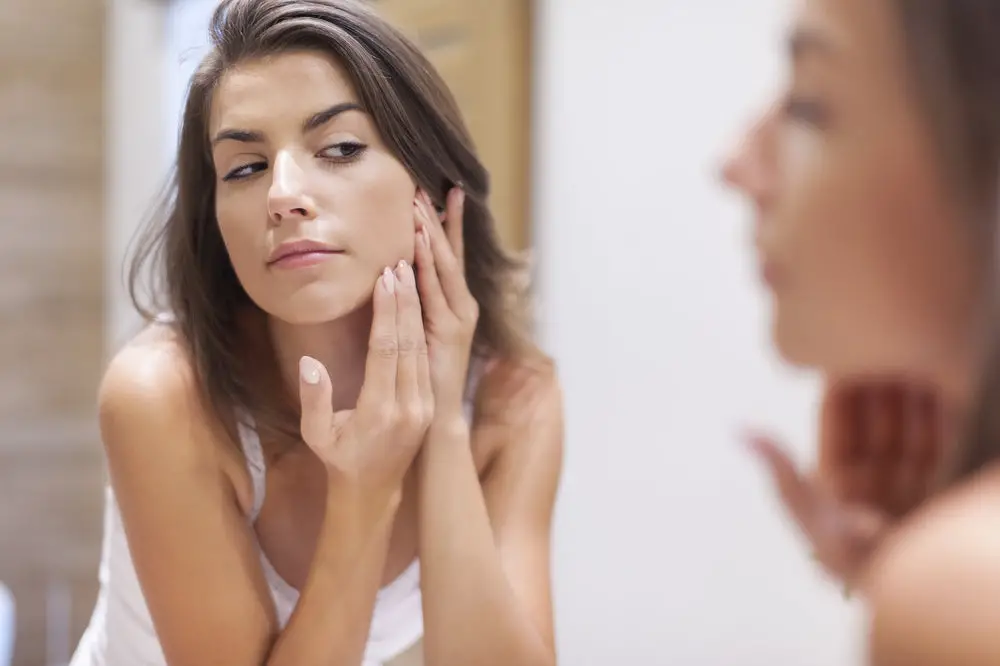Difference between AHAs and BHAs: Beautician's Guide
For any beautician, grasping the difference between AHAs and BHAs is essential for providing effective skincare solutions to clients. These chemical exfoliants are widely utilized in the beauty world, each with distinct applications and benefits. In this article, we will explore the specifics of AHAs and BHAs, emphasizing their unique properties, advantages, and optimal uses in skincare routines.

What are AHAs?
Alpha Hydroxy Acids (AHAs) are water-soluble acids sourced from fruits and milk. They excel in exfoliating the skin by sloughing away dead skin cells on the surface. Common AHAs include glycolic acid, lactic acid, citric acid, and tartaric acid. These acids are especially advantageous for individuals with dry or sun-damaged skin, as they help to retain moisture and enhance skin texture.
Benefits of AHAs
AHAs effectively target the skin's surface, making them ideal for remedying issues like uneven skin tone, fine lines, and rough texture. By promoting cell turnover, AHAs reveal a more vibrant and youthful appearance. Skincare routine tips frequently suggest AHAs for individuals aiming to boost skin radiance.
What are BHAs?
Beta Hydroxy Acids (BHAs), in contrast, are oil-soluble acids that penetrate deeper into the pores to eliminate dead skin cells and excess oil. Salicylic acid is the most well-known BHA. These acids are particularly effective for those with oily or acne-prone skin, as they can reach clogged pores and help reduce inflammation.
Benefits of BHAs
BHAs not only exfoliate but also offer anti-inflammatory and antibacterial benefits that can help reduce acne. They are excellent for treating blackheads, whiteheads, and various blemishes. For those battling acne, incorporating BHAs into a skincare routine can lead to significant improvements. To learn more about the skincare routine, check out this article.
Key Differences Between AHAs and BHAs
The fundamental difference between AHAs and BHAs stems from their solubility and targeted areas on the skin. AHAs are water-soluble and function primarily on the skin's surface, making them more suitable for dry skin. In contrast, BHAs are oil-soluble, granting them the ability to delve deeper into pores, which is ideal for oily skin. Additionally, AHAs are often chosen for anti-aging and skin-brightening treatments, while BHAs are celebrated for their acne-fighting properties.
Incorporating AHAs and BHAs into Skincare
As a beautician, suggesting appropriate products is crucial. It's important to note that AHAs and BHAs should not be used simultaneously, as this may lead to skin irritation. Instead, they can be alternated based on the client's skin type and specific concerns. A common practice is to use AHAs during the day and BHAs at night or on alternate days. Always advise clients to apply sunscreen, since these acids can heighten sun sensitivity. For more tips on exfoliation to prevent issues like folliculitis, visit this post.
Conclusion
Understanding the difference between AHAs and BHAs can significantly improve a beautician's capability to customize skincare treatments for individual clients. By capitalizing on the unique attributes of each type of acid, remarkable results can be achieved, whether addressing acne concerns or rejuvenating skin.

FAQ Section
Can AHAs and BHAs be used together?
Generally, it's advisable to avoid using AHAs and BHAs simultaneously to minimize irritation. For optimal results, alternate their usage.
Which is better for acne-prone skin, AHAs or BHAs?
BHAs are typically more beneficial for acne-prone skin due to their ability to penetrate pores and mitigate inflammation.
How often should AHAs and BHAs be used?
The frequency of use depends on individual skin type and tolerance. It's best to start with 2-3 times per week and adjust based on skin reactions.
For further information on avoiding shared personal items to maintain healthy skin, visit this link.
If you're dealing with keratosis pilaris, explore winter skincare tips here. Don't forget the importance of regular cleaning of razors and brushes, which can be found here.
This article contains affiliate links. We may earn a commission at no extra cost to you.

